 Napoleon’s predilection for Chambertin probably dates from the time when, as a young artillery officer, he was stationed in the Côte-d’Or. By 1798 he was already so taken with this wine that he would only forsake it for a glass of Champagne, and then only rarely.
Napoleon’s predilection for Chambertin probably dates from the time when, as a young artillery officer, he was stationed in the Côte-d’Or. By 1798 he was already so taken with this wine that he would only forsake it for a glass of Champagne, and then only rarely.
Bourienne relates that before the young general’s departure for Egypt he stocked up on Burgundy wines. Although many of his cases crossed the desert twice, those that returned to Fréjus at the conclusion of the expedition retained the same taste as at the outset.
Later, the house of Soupé and Pierrugues regularly supplied Napoleon with his Chambertin. He usually ordered a 5 to 6 year old Chambertin and would drink half a bottle at every meal. It was his favourite, his everyday wine, accompanying him on every campaign, and even into the heart of the most terrible battles.
During the bitter cold of the 1812 campaign in Russia, Napoleon’s aide de camp would keep a bottle close to his own chest so that he could, at any moment, serve the emperor a wine at room temperature.
Some say that it was for lack of his Chambertin that Napoleon saw defeat at Waterloo. A small cause, but a great consequence: the anecdote is the napoleonic illustration of the butterfly effect. Chambertin was indispensable. The English, victorious at Waterloo, tell a different version of the story: that the night before the battle the emperor over-indulged in his favourite wine, and was drunk during the engagement, leading him to fall off his horse!
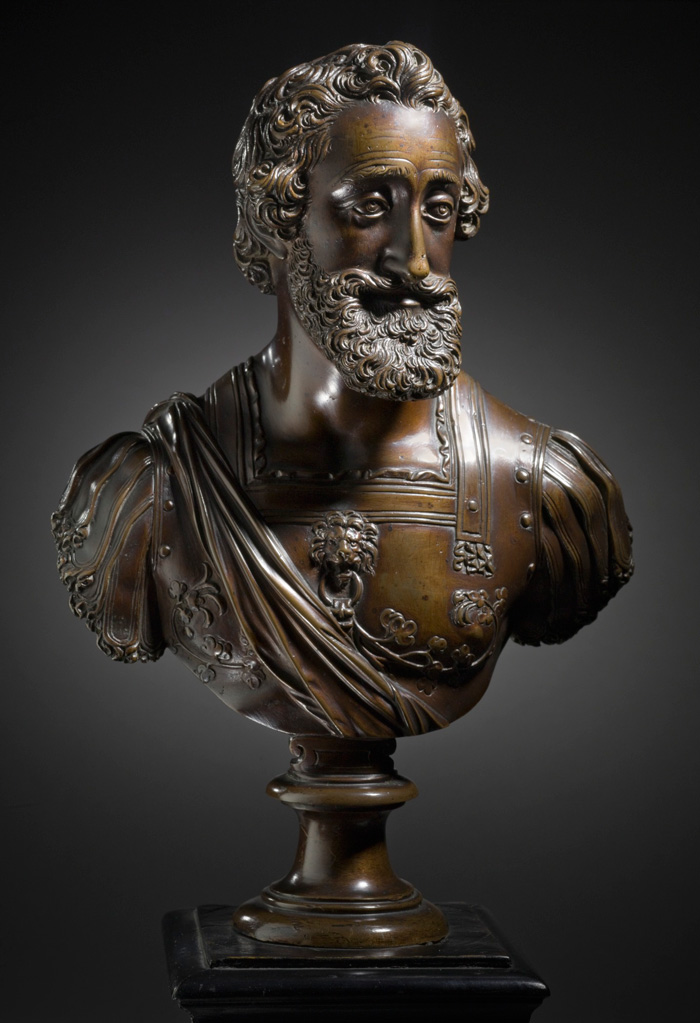 In 1552 king Henri II of Navarre bought a vineyard in Jurançon. A year later he unwittingly ensured the region a place in French history by the baptism of his grandson.
In 1552 king Henri II of Navarre bought a vineyard in Jurançon. A year later he unwittingly ensured the region a place in French history by the baptism of his grandson.
The hills were already covered with Petit Manseng and Gros Manseng when Henri II wet the lips of the future Henri IV with Jurançon wine, at the same time making that appellation famous.
Henri IV loved his region and his wine. He established the prestige of Jurançon by designated it the official wine for all ceremonies of the House of France.
However, in 1924 Jurançon disappeared during the phylloxera catastrophe. Northern Europe had to make do with only very small quantities of what had been a very popular wine, and Jurançon was relegated to the status of altar wine.
Nevertheless, little by little the Cave of the Producteurs de Gan and certain vineyard owners are restoring the prestige of this historic mountain appellation.
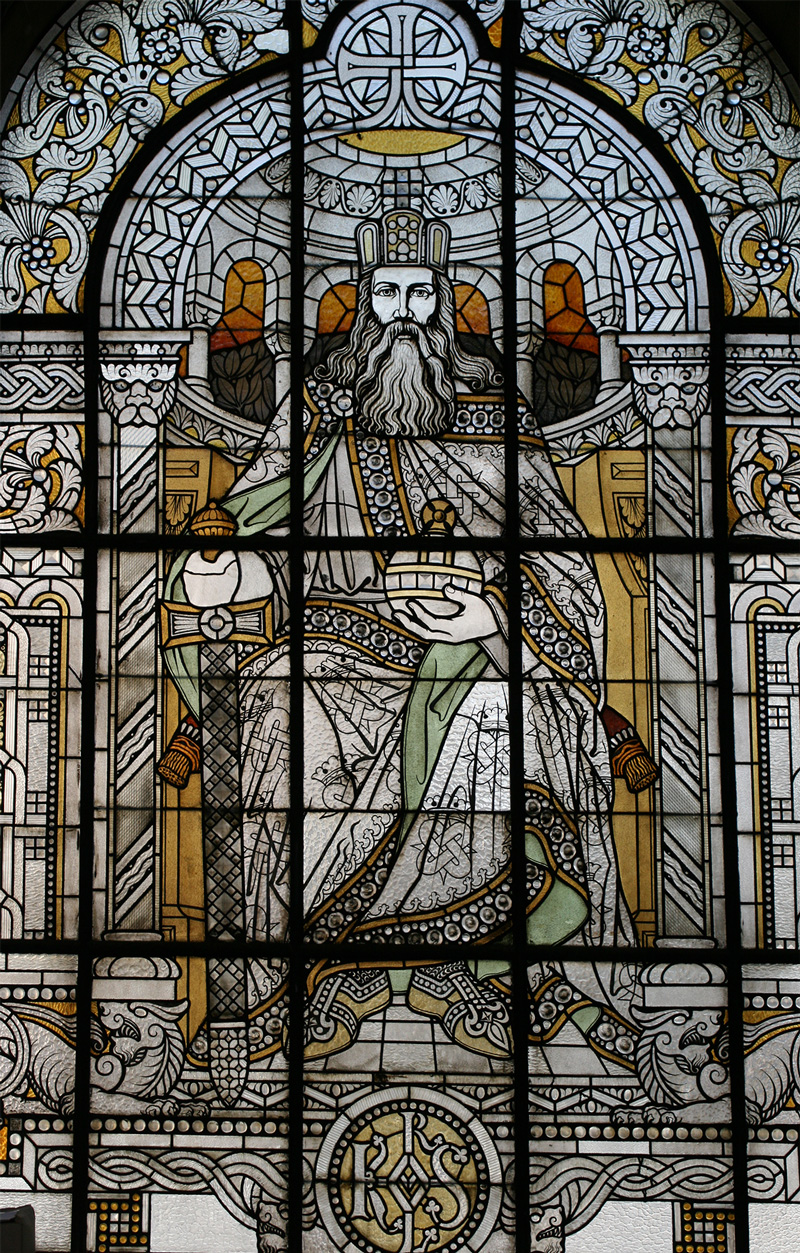 The emperor Charlemagne was a discerning wine drinker. Measuring two metres in height – exceptional for his time – this athlete drank but was never drunk.
The emperor Charlemagne was a discerning wine drinker. Measuring two metres in height – exceptional for his time – this athlete drank but was never drunk.
As a great landowner Charlemagne took a keen interest in his vineyards and his cellars. He insisted that every year his six-hundred overseers supply him with a precise account of the resources and needs of each of his estates.
His favourite red wine came from the vineyard he owned on the hill of Corton. With the passing years, his frequent samplings left their mark on his whitening beard. He thus became known as “Charlemagne, the emperor with the flowery beard.”
Liutgarde, the emperor’s wife, considered the state of her husband’s beard to be unworthy of an emperor and thus encouraged him to drink white wine.
To please his wife while remaining faithful to his favourite Corton, Charlemagne replanted part of the vineyard with white grapes, and was thus responsible for the development of Chardonnay in the lands of Aloxe.
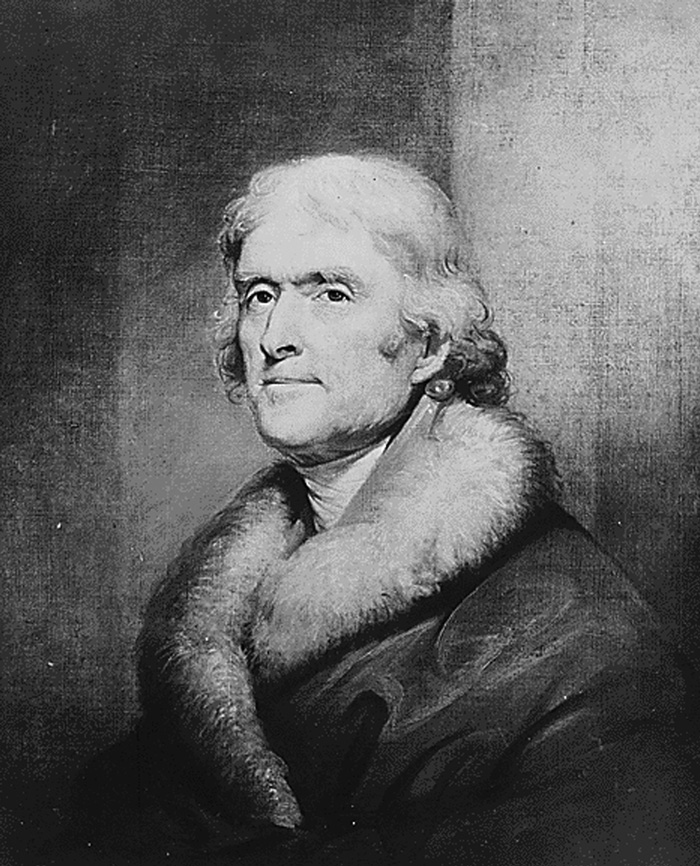 Before becoming the third president of the United States, Thomas Jefferson served as his country’s ambassador to France, where he developed an abiding passion for French civilisation and viticulture.
Before becoming the third president of the United States, Thomas Jefferson served as his country’s ambassador to France, where he developed an abiding passion for French civilisation and viticulture.
As a distinguished oenologist, Jefferson visited the Bordelais in May 1787. He described the different parts of the region, tried to classify the Bordeaux wines and in so doing influenced the official classification of the grands crus elaborated nearly a century later in 1855.
Jefferson identified four crus of the highest quality: Margaux, La Tour de Ségur (Latour), Haut-Brion and Lafite (Lafite-Rothschild); followed by five second crus: Rozan (which became Rauzan-Ségla), Dabbadie or Lionville (Léoville-Las Cases), La Rose (Gruaud-Larose), Quirouen (Kirwan) and Durfort (Durfort-Civens).
As a great connoisseur of such white wines as Château Carbonnieux, Jefferson ordered eighty-five cases of Latour and Yquem for Georges Washington, while selecting Rauzan-Ségla, Yquem and Frontignan muscat for his own cellar. He was particularly impressed by the Château d’Yquem 1784 vintage.
Touring the Burgundian domaines on horseback, the Virginian statesman developed a preference for Meursault and Montrachet. As a result he purchased a dozen plants which he unsuccessfully attempted to transplant back home in Virginia on his Monticello estate.
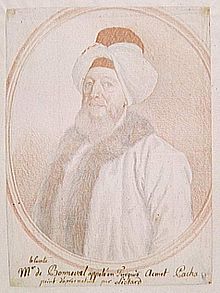 Claude Alexandre, Count de Bonneval, was a naval officer who covered himself in glory at the head of an infantry regiment during the Italian wars of the 18th century.
Claude Alexandre, Count de Bonneval, was a naval officer who covered himself in glory at the head of an infantry regiment during the Italian wars of the 18th century.
Forced to take refuge in Austria after having offended Madame de Maintenon, Bonneval took service with the Holy Roman Empire and fought the Ottoman Turks. He was subsequently forced to flee anew after falling out with Prince of Savoy.
Welcomed by the Sublime Porte at Constantinople, Bonneval received the rank Pasha of Three Tails and set about reforming the Turkish artillery. Passing through the city, Casanova wished to meet this illustrious character. The infamous man of letters was led by the pasha to his library and shown the best stories of Burgundy, that is to say, the region’s very finest wines.
The cardinal’s letter representing me as a literary man, the pacha observed that I ought to see his library. I followed him through the garden, and we entered a room furnished with grated cupboards; curtains could be seen behind the wirework; the books were most likely behind the curtains.
Taking a key out of his pocket, he opened one of the cupboards, and, instead of folios, I saw long rows of bottles of the finest wines. We both laughed heartily.“Here are,” said the pacha, “my library and my harem. I am old, women would only shorten my life but good wine will prolong it, or at least, make it more agreable.”
-The Memoirs of Jacques Casanova de Seingalt
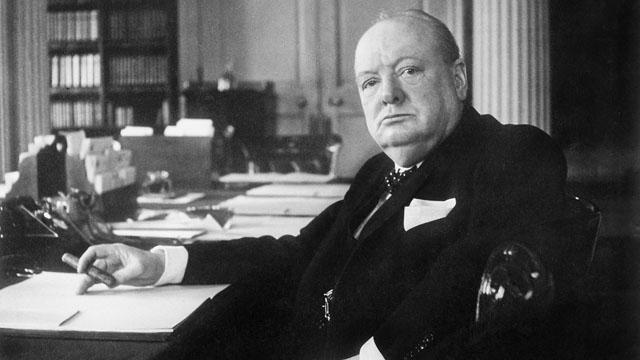
Winston Churchill was from 1908 a great connoisseur of the Champagne Pol Roger and an enthusiast of good taste.
In 1944 Churchill attended a dinner given by the British ambassador in Paris to celebrate the liberation of France. In the course of the evening the Prime Minister met Odette Pol-Roger, granddaughter of Richard Wallace, and was as captivated by her elegance and beauty as by the Pol Roger 1928 that was served that day. She was 33 years old, he 70.
Out of this encounter was born a friendship that would last until Sir Winston’s death at the age of 90. During another ball thrown by Duff Cooper in 1947, Churchill made a conspicuous entrance having at his arm the delicious Odette Pol Roger in a red satin dress.
I could not live without Champagne. In victory I deserve it. In defeat I need it.
– Sir Winston Churchill